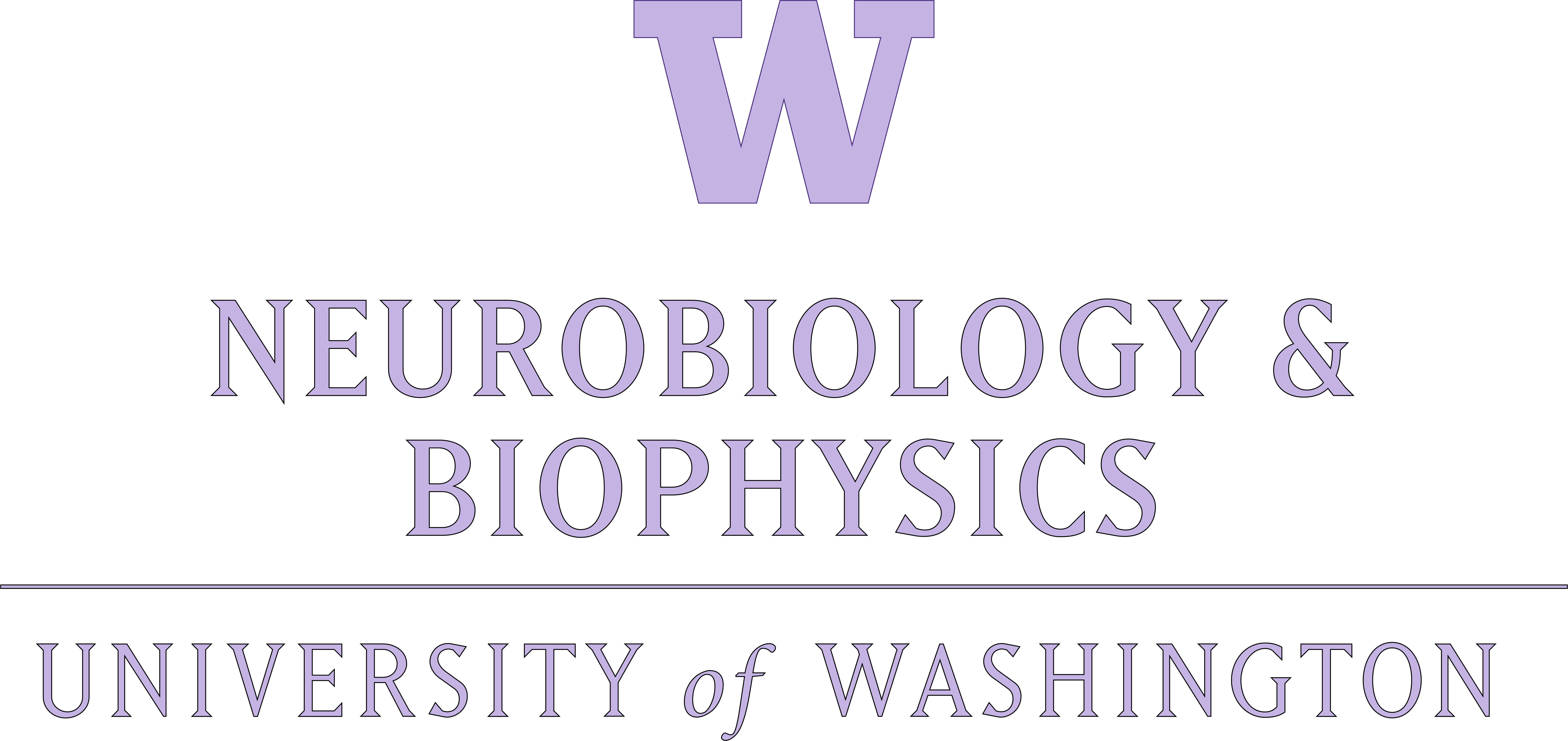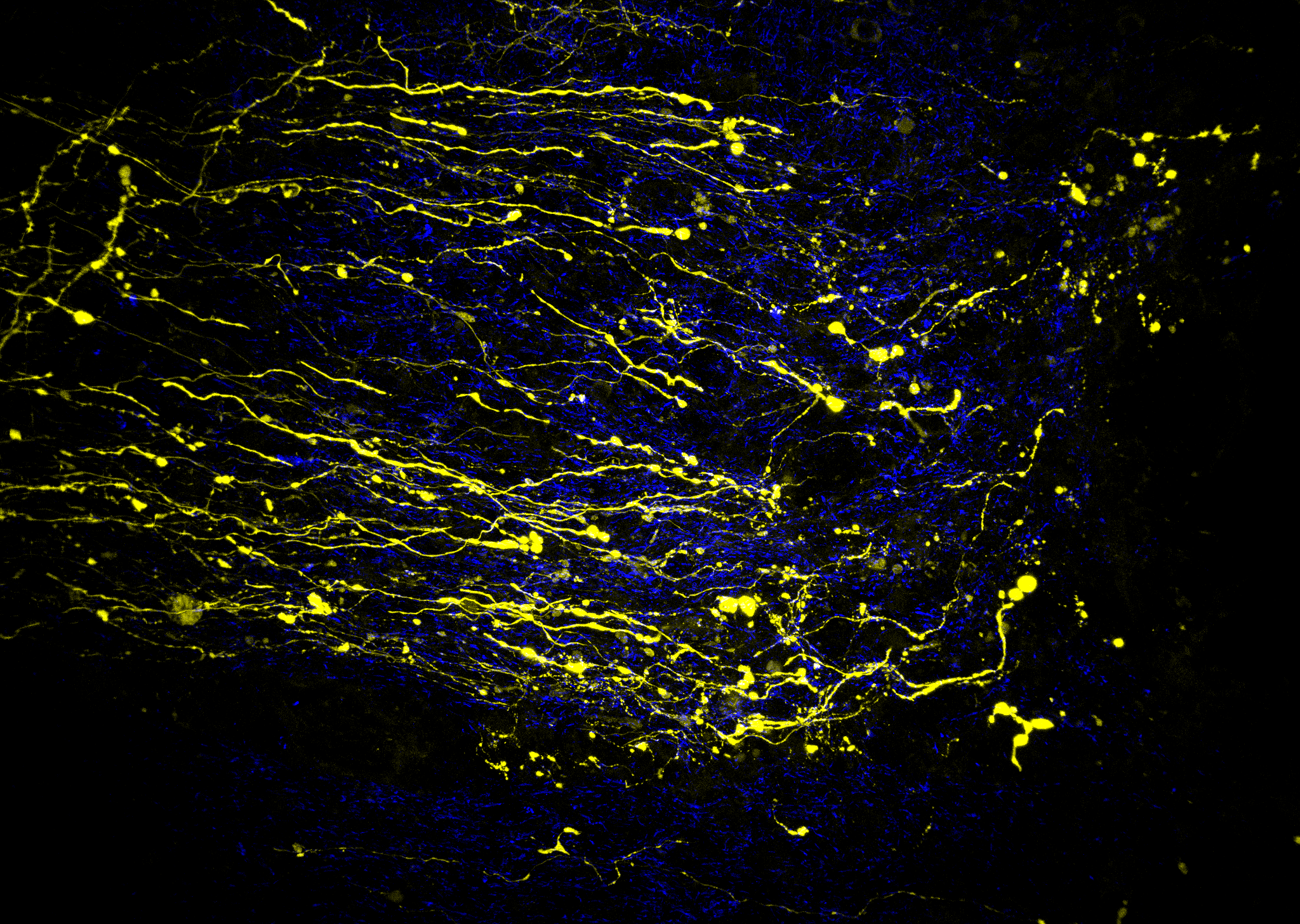Neural Basis of Oculomotor Control
We use saccades to scan our surroundings in order to bring objects of interest onto the fovea. This movement is one of the fastest movements in the human repertoire, so fast that visual information during its course cannot help guide it. The accuracy and precision of saccades are important to our vision. How then does the brain maintain saccade accuracy in the face of the dysmetrias caused by growth, injury and aging?
My laboratory attempts to answer this question by studying the neural mechanism of saccade generation and the mechanisms underlying saccade adaptive capability, a form of motor learning. I approach this problem with electrophysiological (single neuron recording and electrical stimulation), pharmacological (small injection of pharmacological agents in a certain area of the brain to manipulate neuronal activity or signal transmission), anatomical and behavioral techniques. Recently, we adopted optogenetics to manipulate the activity of a specific type of neurons using laser light. The majority of my ongoing projects involve the superior colliculus and cerebellum, but we also study the pons, medulla and other parts of the brain.


